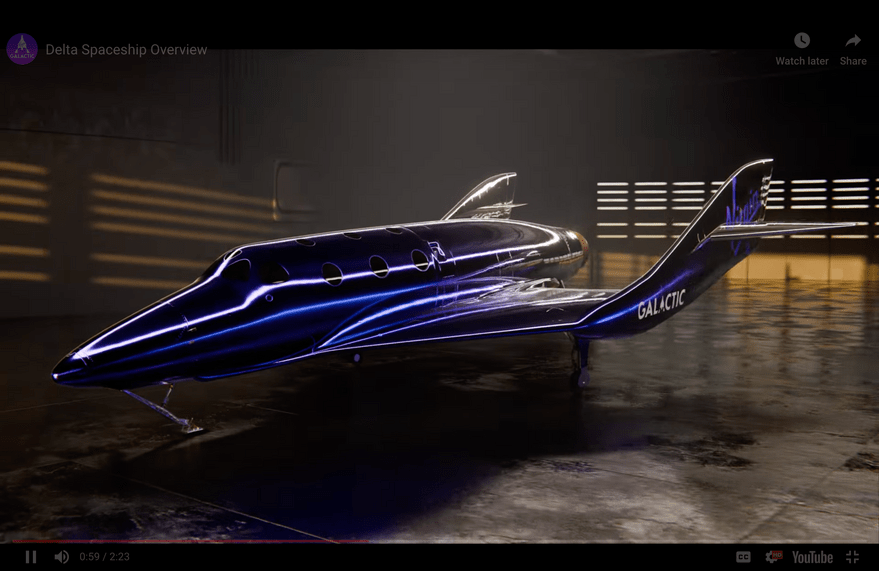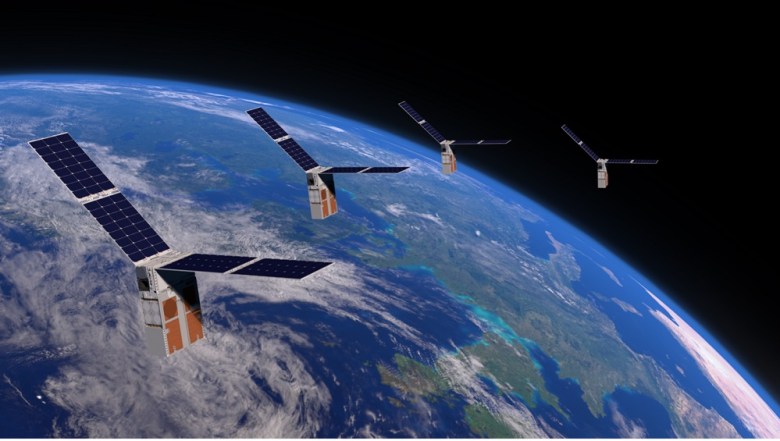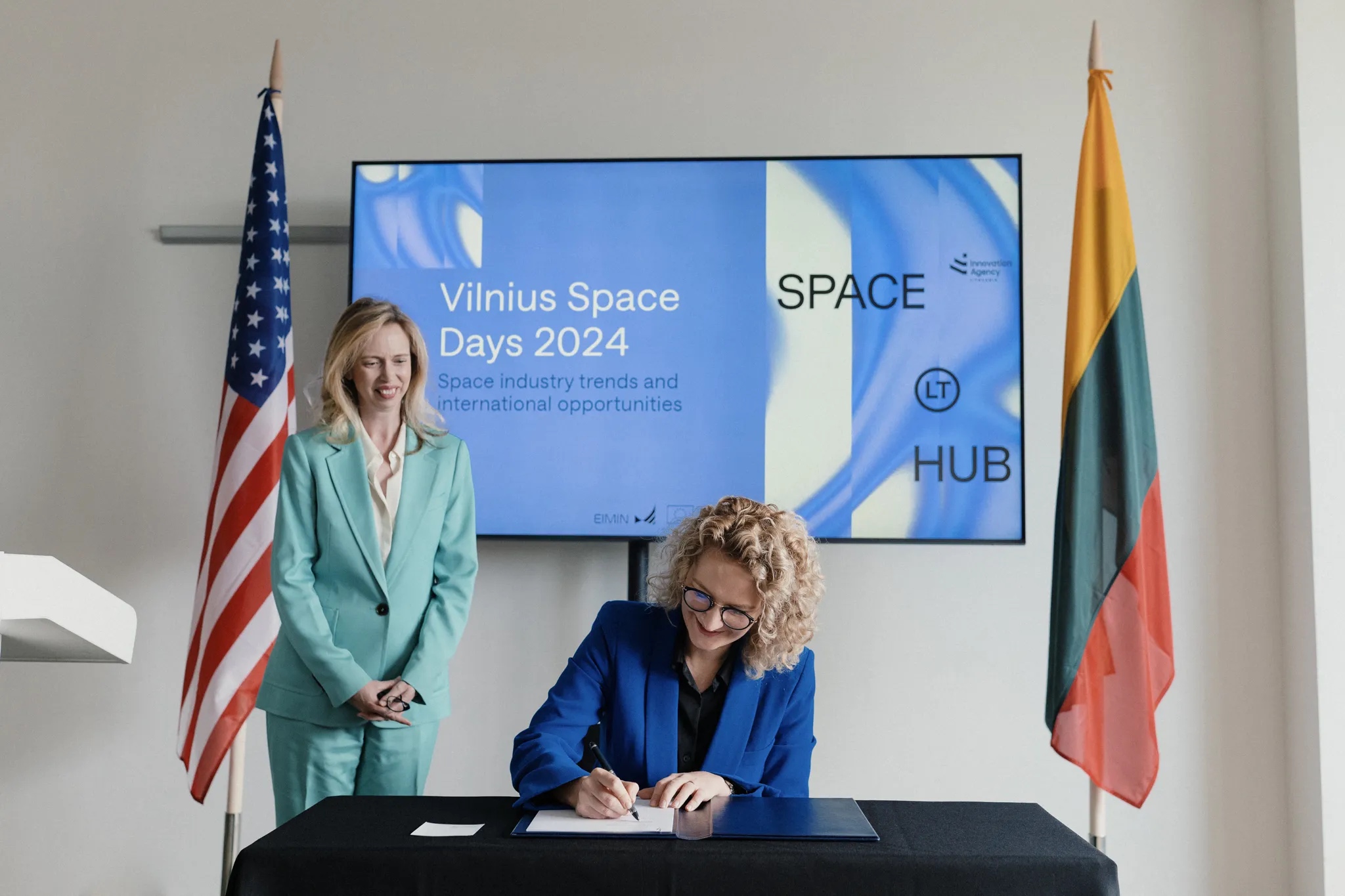Update: This article was updated at 1:20 pm ET with information on commercial spaceflight waivers.
MILAN – If commercial suborbital spaceflight companies wanted to purchase insurance to cover the risk to spaceflight participants, that coverage could be quite expensive, at least initially.
That was the conclusion of a paper, by PwC Strategy& of the Netherlands and the Italian National Aviation Authority, presented Oct. 15 at the International Astronautical Congress here.
Insurance coverage to pay suborbital spaceflight passengers in the event of an accident would be high because the activity is new. Companies have performed only 54 rocket-propelled launches, including demonstrations, tests and commercial flights. Of the 127 vehicle occupants, roughly 73 were spaceflight participants rather than crew, said Marco Cattadori of consulting firm PwC Strategy&.
Insurers considering the safety of vehicles right now probably would include test launches in their calculations. As a result, the failure rate of the vehicles would be in the range of 5 to 8 percent.
As companies perform more commercial suborbital spaceflights, “obviously the number of commercial launches will go up and the resulting failure rate will go down, which is exactly is exactly what we want,” Cattadori said.
Liability Rules
Now, commercial suborbital passengers sign waivers after receiving a thorough briefing on the risks involved in the flight. Some states also have passed laws to strengthen the waivers.
Even when the so-called “learning period” for commercial human spaceflight expires, the waivers will remain, said space policy consultant Jim Muncy.
If participants or commercial suborbital flight operators looked for insurance, “it just doesn’t exist today in the insurance market,” Cattadori said. “But it could exist in a few years from now.”
Authors of the study considered coverage for individual passengers ranging from a ceiling of $300,000 to $5 million. If liability were set at $3 million per individual, an operator of a vehicle with six seats, like Virgin Galactic’s Delta class would pay between $1.3 million and $2.1 million to obtain $18 million in coverage.
The high cost could raise launch prices “a whopping 30 to 60 percent,” Cattadori said. “That’s why we are saying this is a scheme for the future, not a scheme for the present. We are entering to a more commercial era. As the failure rates of the vehicles go down, so do the insurance premiums. And therefore the overall costs go down.”



